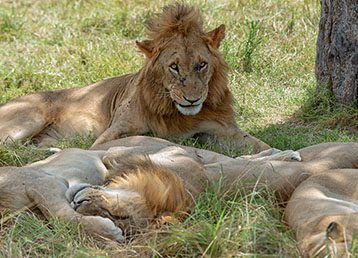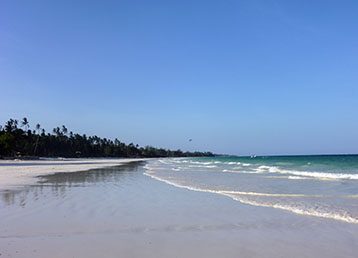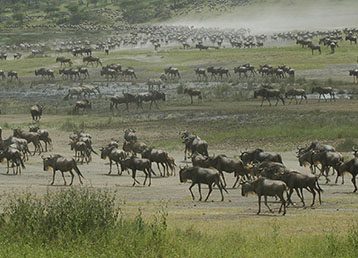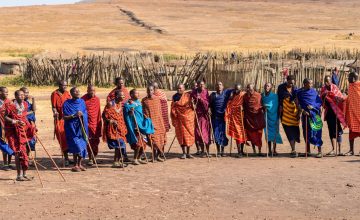ADVENTURE ACROSS THE HEART OF AFRICA!
Embark on an unforgettable journey with Tembea Africa Tours & Travel. Explore the beauty of Africa through expertly crafted itineraries, personalized experiences, and seamless travel arrangements. Discover the magic of the continent with our passionate guides and create memories that last a lifetime.
Why Choose Us?

We cater to wildlife enthusiasts looking to fulfil their passions

We endeavor to achieve the goal of making our customers happy.

We work round-the-clock to design the best travel experiences
Trips To Inspire Discover our handpicked African safari tours for unforgettable experiences.
Start Planning your safari?
Whatever you want your tour or safari itinerary to include, we’ll design it specifically for you..





